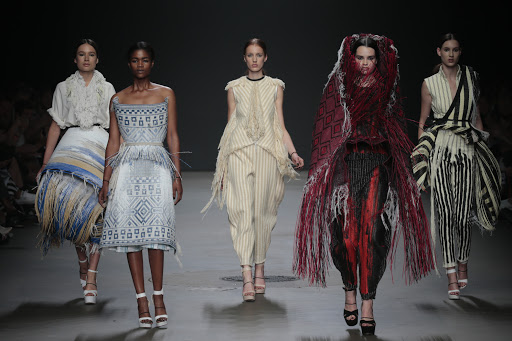Over the years, Moroccan rugs saw skyrocketing popularity that established a long-term influence on popular demand due to the authenticity, individuality, and creativity these rugs hold and the representation of both artistic expression and decades of tradition. One of the most popular elements of these rugs is the semblance of simplicity together with a blast of infinite vibrant designs which give them the privilege to suit any style of interior design, from minimalism to maximalism and everything in between. The style and designs behind Berber rugs caught the eyes of various leading personnel in interior design, fashion, and others, which resulted in a global footprint that fully shaped the perspective of the Amazigh rug worldwide.
Impact on Interior Design

Interior design trends have drastically changed in the last few years and instead of trends conventionally embracing Mid-century modern design, the latest trends are now more subjected to mixing modern simplicity with traditional design. They have introduced several antique pieces of furniture and decorative items as statement pieces, and that goes for vintage and contemporary Amazigh rugs that integrate warm-colored accents and monochromatic color palettes. Both designers and consumers are adopting Amazigh handwoven rugs not just for their aesthetic appeal, but also as a sign of their eco-friendly approach. Furthermore, the addition of magazines, popular channels, blogs, and famous interior designers contributed as well to building a strong and substantial reputation on the Amazigh rug for being a truly artistic piece.
Impact on Fashion Design
Fashion design, on the other hand, is inspired by both culture and specific events throughout different backgrounds. Even though the tribal rugs have not totally touched the fashion industry as much as interior design, a minority of locals from Amazigh roots and international individuals found inspiration and artistry in the motifs, embroideries, and symbols of Amazigh rugs. Featuring contemporary garments, accessories, footwear, and much more. Fashion designers took shelter in these rugs and portrayed them visually on their pieces while also mirroring the culture and heritage behind it by combining modern wear with traditional Amazigh elements.

One of the very few who were capable to capture the true Amazigh authenticity into their pieces is the Moroccan designer Karim Adduchi who paid tribute to his Amazigh roots and heritage in his debut fashion collection "She Knows Why the Caged Bird Sings". The collection transformed the Amazigh traditional rugs into colorful and patterned garments, using different handmade rugs combined with natural materials like wool and leather. He not only took inspiration from the rugs but also the storytelling tradition of Amazigh women and everything in between, which gave them the recognition they deserve.

With Amazigh rugs now fully starting to reach the mainstream, it is likely that they will grow even more in popularity over the years, and with home furniture becoming more simple and subtle the need to have a piece that makes a statement, add warmth, and tie the room together is getting bigger, that is when the humble Amazigh rug charmingly steps in.





 CHECKOUT
CHECKOUT


